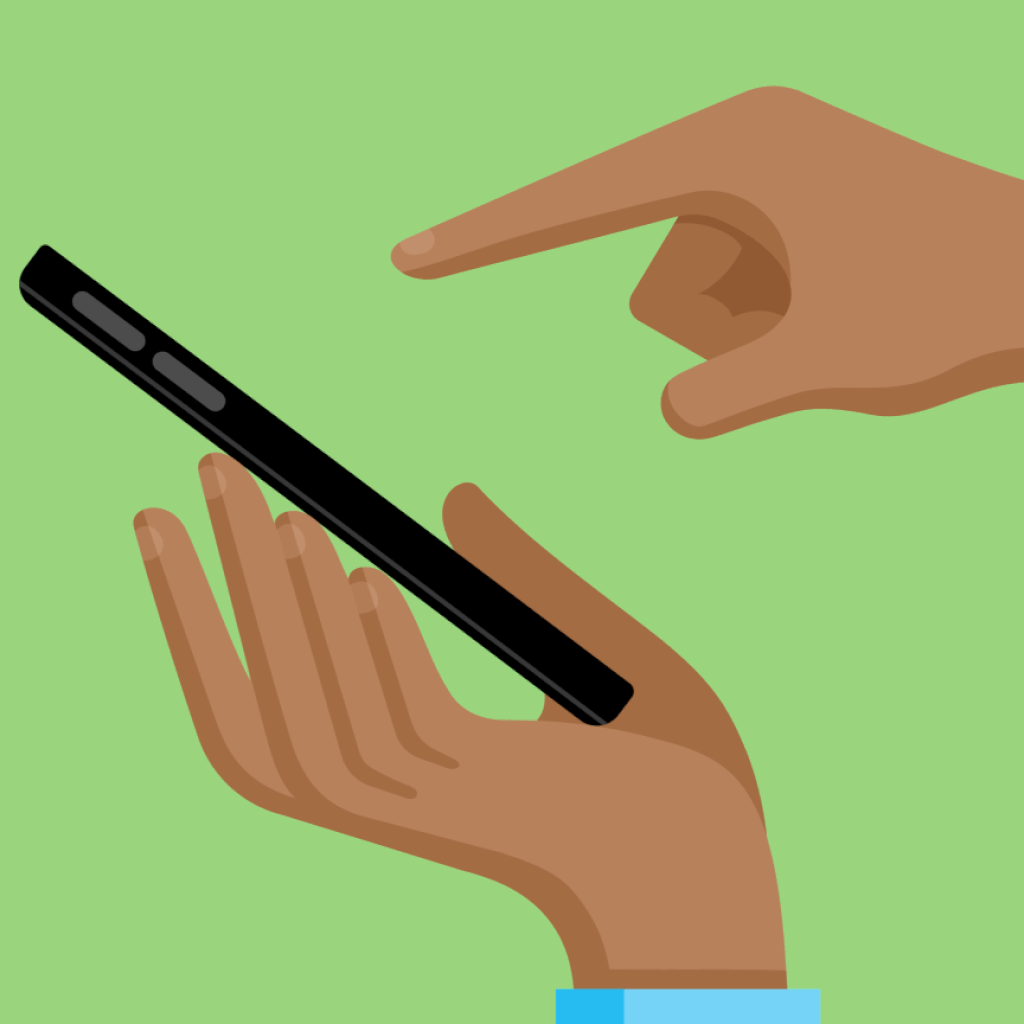Beijing Bus Drivers Have Been Told To Wear Wristbands To Monitor Their Emotions
The move was initiated by the state-run Beijing Public Transport Holding Group, which says it is aimed at protecting public safety. But legal experts have raised privacy concerns and say the wristbands could cause bus drivers undue distress and potentially lead to discrimination. Some 1,800 wristbands were distributed to bus drivers on cross-province and highway routes on Wednesday, the official Beijing Daily reported. It is unclear how many drivers will be required to wear the devices. The report said they would be used to monitor the drivers’ vital signs and emotional state in real time to improve safety.



